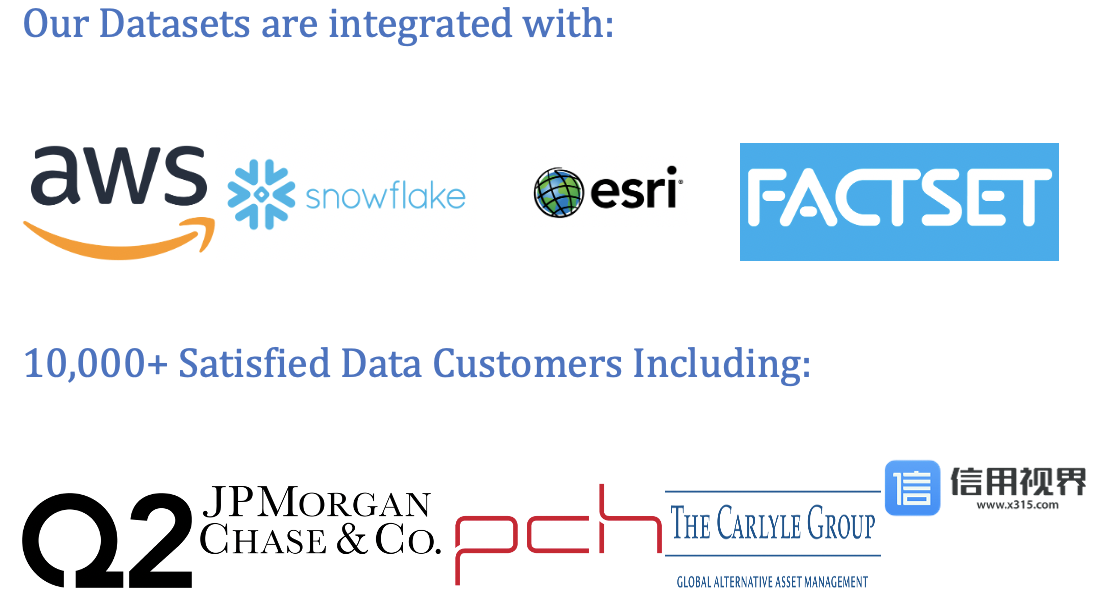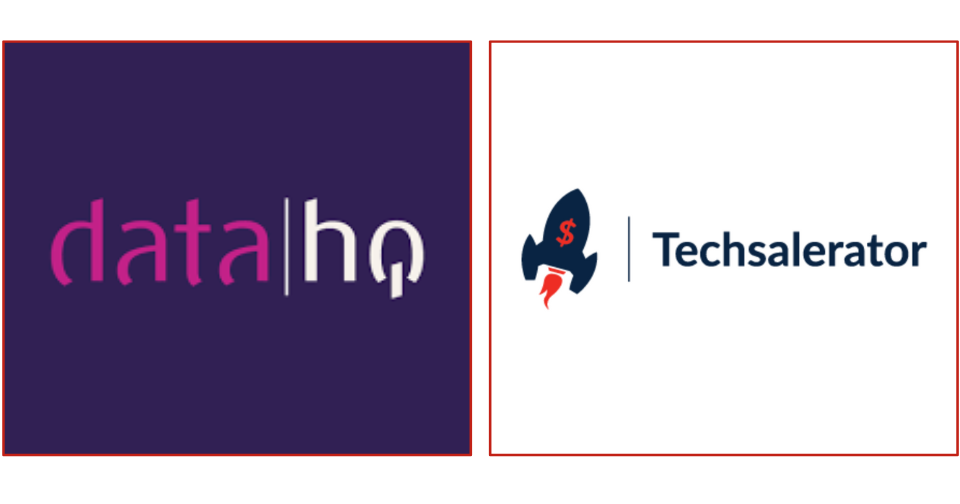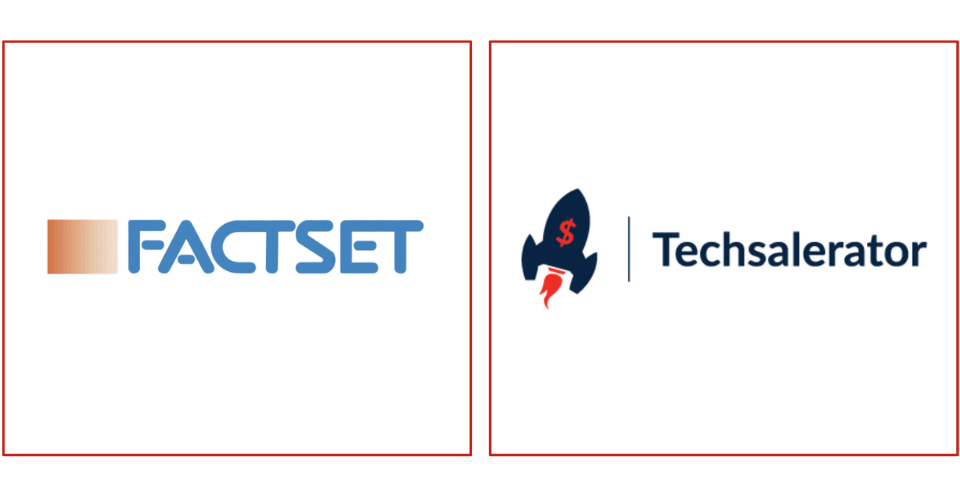
Top Web Activity Data Providers
Understanding Web Activity Data
Web Activity Data provides insights into how users interact with websites, search engines, social media platforms, e-commerce sites, and other online channels. It includes data on page views, clicks, dwell time, bounce rates, conversion rates, session duration, navigation paths, referral sources, and demographic information. By analyzing Web Activity Data, website owners, marketers, and analysts can gain a deeper understanding of user behavior, identify trends, detect anomalies, and make data-driven decisions to enhance digital marketing campaigns, website design, and content strategy.
Components of Web Activity Data
Key components of Web Activity Data include:
- Page Views: Counts of how many times web pages are accessed or viewed by users, indicating the popularity and relevance of content.
- Clickstream Data: Sequences of user clicks and navigation paths within a website or across multiple web pages, revealing user engagement patterns and conversion funnels.
- Session Data: Information about user sessions, including session duration, entry pages, exit pages, and session interactions, helping to understand user engagement and website usability.
- Referral Data: Details about the sources of website traffic, such as search engines, social media platforms, referral websites, direct traffic, and paid advertising campaigns.
- Conversion Data: Metrics related to user actions that fulfill specific goals or objectives, such as form submissions, purchases, downloads, sign-ups, and other desired outcomes.
Top Web Activity Data Providers
- Leadniaga : Leadniaga offers advanced analytics solutions for Web Activity Data, providing website owners, digital marketers, and e-commerce businesses with actionable insights into user behavior, website performance, and online engagement metrics. Their platform integrates Web Activity Data from various sources to deliver comprehensive analytics and optimization recommendations.
- Google Analytics: Google Analytics is a widely used web analytics service offered by Google, providing website owners with detailed statistics and reports on website traffic, user behavior, and conversion tracking. It offers a range of features, including audience segmentation, goal tracking, e-commerce tracking, and real-time analytics.
- Adobe Analytics: Adobe Analytics is an enterprise-level analytics platform that offers advanced capabilities for tracking and analyzing Web Activity Data. It provides insights into customer journeys, audience segmentation, marketing attribution, and cross-channel analytics to optimize digital experiences and drive business growth.
- Heap Analytics: Heap Analytics is a user-friendly analytics platform that automatically captures and tracks user interactions across websites and digital touchpoints. It offers features such as event tracking, funnel analysis, cohort analysis, and behavioral segmentation to understand user behavior and optimize user experiences.
- Mixpanel: Mixpanel is a product analytics platform that helps businesses analyze user behavior, track product usage, and optimize user experiences. It offers event-based analytics, user segmentation, A/B testing, and retention analysis to drive product innovation and customer engagement.
Importance of Web Activity Data
Web Activity Data is crucial for stakeholders in the following ways:
- Performance Optimization: Helps website owners and developers identify performance issues, optimize website speed, improve navigation flows, and enhance user experiences to reduce bounce rates and increase engagement.
- Marketing Effectiveness: Enables digital marketers to track campaign performance, measure conversion rates, analyze user acquisition channels, and optimize advertising spend to maximize return on investment (ROI) and drive customer acquisition.
- Content Strategy: Informs content creators and publishers about user preferences, content consumption patterns, popular topics, and engagement metrics to develop relevant, high-quality content that resonates with target audiences.
- User Experience Design: Guides UX/UI designers in designing intuitive interfaces, optimizing navigation structures, and implementing user-centered design principles to enhance usability, accessibility, and satisfaction.
Applications of Web Activity Data
Web Activity Data finds application in various contexts, including:
- E-commerce Optimization: Supports e-commerce businesses in analyzing product performance, optimizing product listings, personalizing product recommendations, and reducing shopping cart abandonment to increase conversions and revenue.
- Search Engine Optimization (SEO): Helps SEO specialists in keyword analysis, on-page optimization, link building, and content marketing strategies to improve search engine rankings, organic traffic, and website visibility.
- Conversion Rate Optimization (CRO): Aids conversion rate optimization specialists in conducting A/B testing, multivariate testing, and user journey analysis to optimize website conversions, improve conversion funnels, and maximize conversion rates.
- User Retention and Engagement: Assists retention marketers in identifying churn predictors, implementing re-engagement campaigns, and delivering personalized messaging to retain customers, increase customer loyalty, and drive repeat purchases.
Conclusion
In conclusion, Web Activity Data provides valuable insights into user behavior, website performance, and online engagement metrics, empowering businesses to optimize digital experiences, drive conversions, and achieve their marketing objectives. With top providers like Leadniaga and others offering advanced analytics solutions, stakeholders can leverage Web Activity Data to gain actionable insights, make data-driven decisions, and enhance their online presence in today's competitive digital landscape. By analyzing Web Activity Data comprehensively, businesses can improve website usability, increase customer engagement, and ultimately drive business growth and success.
Our Datasets are integrated with :



10,000+ Satisfied Data Customers including :








